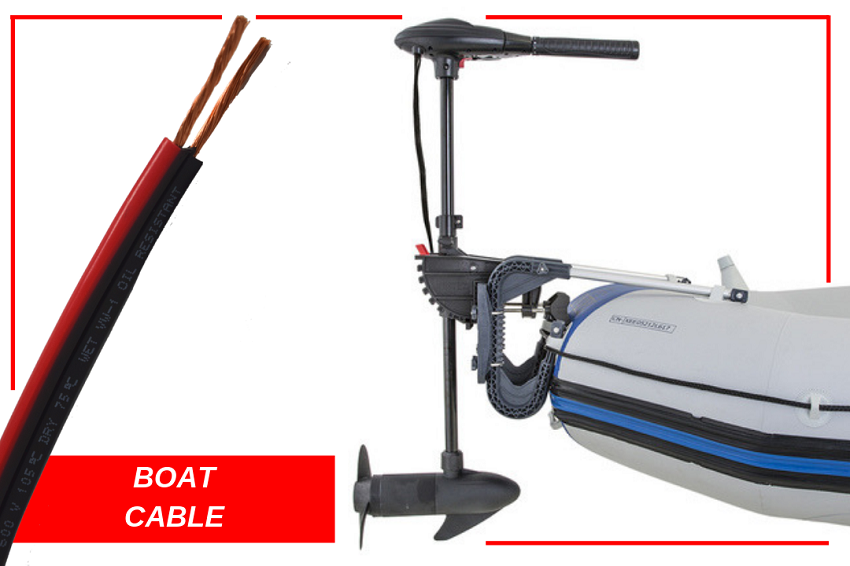Viakon recently launched a cable for aquatic vehicles completing their product offering and allowing the company to position itself in the national market as one of the few global manufacturers .
The creating of this cable derives from the need to count with a national product meeting the hight quality requirements due to conditions of operation under inclemency, humidity conditions and potential presence of oil.
Gerardo Fernández González, Manager of Product Engineering and Quality at Viakon, commented that the making of this Project requires experience and know-how as “the cable was developed from the creation of PVC meeting the client´s requirements, with certain characteristics of flexibility and resistance, enduring different physical and mechanical tests”
Durability and Protection against UV rays
Similarly, an element of differentiation of the Boat Cable Viakon it´s that is has a pigmentation containing additive against ultraviolet rays so that the product maintains its original color, for the purposes of identification, even after long periods of exposure to UV rays.
The above, commented Fernández González, was implemented as there are existing market options which, through time, lose their color tone “as it is a black colored cable with a red line, and this line loses its color. Visually it is important, for a cable that remains outdoors to have UV rays protection. For this product, the competitor´s did not have this protection and we developed for our cable”.
Proven Safety
On his part, Carlos Barney, Head of Innovation, spoke about the safety of the Boat Cable and indicated three points:
- It holds the UL 1426 certification in relation to Electrical Cables for Boats.
- Similarly, the product is made under RoHs and Reach, which restrict the use of materials utilized which may represent hazard to the health and the environment in electrical and electronic products
- The cable has gone through insulation resistance tests to validate its dielectric protection, as well as weathering tests.
Finally, he commented that the product is currently commercialized in national markets but does not rule out the idea of exporting it to The United States because of the wide market potential in the neighboring country.


